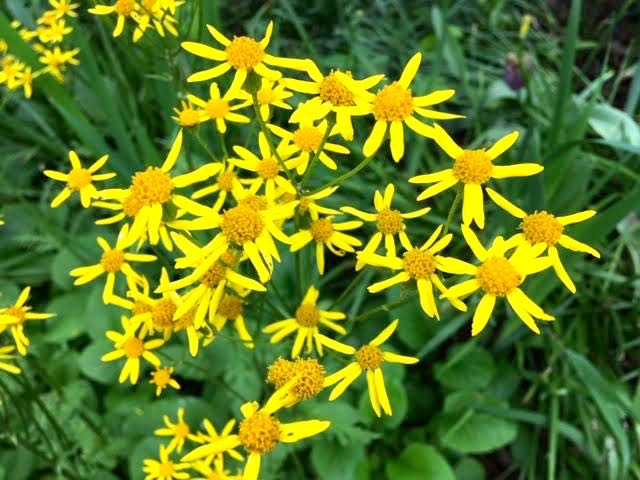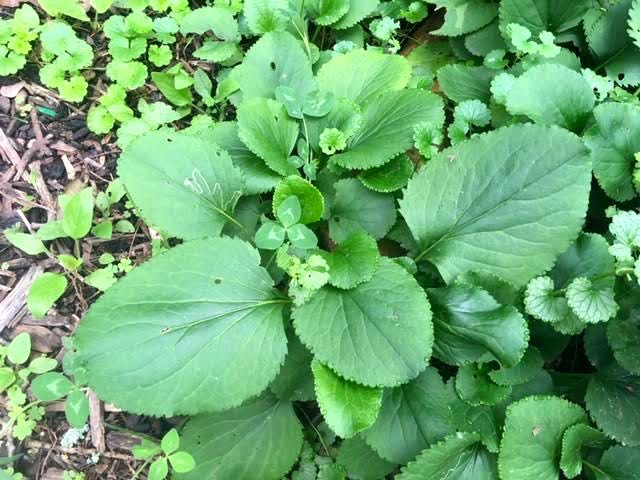Squaw Weed Missouri Wildflowers
/Squaw Weed blooming in my Missouri hillside garden. (Photo by Charlotte Ekker Wiggins)
Squaw Weed Missouri Wildflowers
I finally have a Missouri native wildflower that is taking over a flower bed.
Squaw Weed, or RoundLeaf Groundsel Packera obovata was part of several Missouri native wildflowers I transplanted into my hillside garden a good half a dozen years ago. The 12-15 inch flowers bloom in early spring, the same time as daffodils with tiny yellow, daisy-like flowers.
Squaw Weed flowers are similar to daisies and seed like dandelions. (Photo by Charlotte Ekker Wiggins)
Easily grown in average, moist, well-drained soils in full sun to part shade, I can attest it blooms well in shade.
Squaw Weed leaves provide a nice ground cover the rest of the year. (Photo by Charlotte Ekker Wiggins)
Right now my squaw weed patch is growing in rich shade but I have some starts in rocky, sunny soil down my limestone hill.
The friend who identified these Missouri native wildflowers for me warned me that in the right conditions they will naturalize into large colonies by both self-seeding and stolons.I removed the flowering stems when they were done to cut down seed dispersal.
Squaw Weed spreading into a flower bed corner in shade. (Photo by Charlotte Ekker Wiggins)
Now that flowering is over, the round leaves provide a nice ground cover.
According to the Missouri Botanical Garden, these natives are valued for its ability to thrive in shady locations, naturalize rapidly and produce a long and profuse spring bloom of bright yellow flowers. It is native to rocky wooded hillsides, open rocky glades, limestone ledges, stream banks and moist meadows from Quebec and Ontario south to Texas and Florida.
In Missouri, it most often is found in the Ozark region in the southern and central part of the State
Genus name honors 20th century North American botanist John G. Packer.
It’s not easy to find perennials that like shade so this one is a keeper if I can keep it from taking over!
Charlotte



















